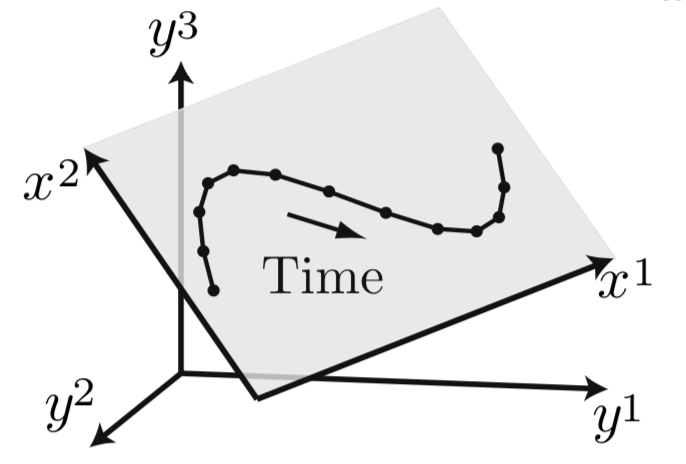Research
Our research group studies questions at the intersection of neuroscience and computation. In particular, we develop and apply statistical signal processing and machine learning techniques to elucidate how populations of neurons carry out computations in the brain. We also develop experimental and algorithmic techniques for neural engineering applications, including brain-machine interfaces.
We collaborate with neurophysiologists to study how neural populations compute.
We use deep learning and neural networks to study neural circuits.
We design and build brain-machine interfaces for the paralyzed.
Machine learning and statistics for neuroscience
Advancing neural recording technologies enable measurement of populations of neuronal activity, both within and across brain-areas. To gain insight into the neural computations performed by these neural populations, we also need a commensurate advance in modeling methods for these types of data. Towards this end, we develop and apply statistical techniques to analyze how neurons compute. We are particularly interested in neural population dynamics involved in motor control, decision-making, and threat. We collaborate with experimental groups, including the Adhikari Lab, the Chand lab, and the Laboratory of Neuromodulation & Neuroimaging.
Deep learning
Neural networks have led to unprecedented artificial intelligence (AI) in computer vision, game playing, natural language processing, and robotics. Neural networks are often treated as black boxes that are exceedingly complex to understand. Our lab finds this fascinating: although neural networks are complex, they are still simpler than the brain. Further, they are fully observed systems whose activations, responses to inputs, connectivity weights, and dynamics (if recurrent) are fully known. We train neural networks to perform the same tasks that behaving animals do, and subsequently analyze them to propose computational mechanisms in the brain. We are also generally interested in deep learning algorithms research.
Brain-machine interfaces
Over 5 million people in the USA – nearly 1 person in 50 – live with a form of paralysis due to causes including stroke, spinal cord injury, multiple sclerosis, and ALS. People who have lost the ability to move also lose a profound sense of control, freedom, and independence in their lives. But paralysis does not take away one’s intent or desire to move; the brain still encodes these thoughts through neural signals. Brain-machine interfaces (BMIs) aim to restore the ability to communicate with the world by translating these neural signals into actions. We develop tools to accelerate the development of BMIs, with the goal of making them widely available to all.


